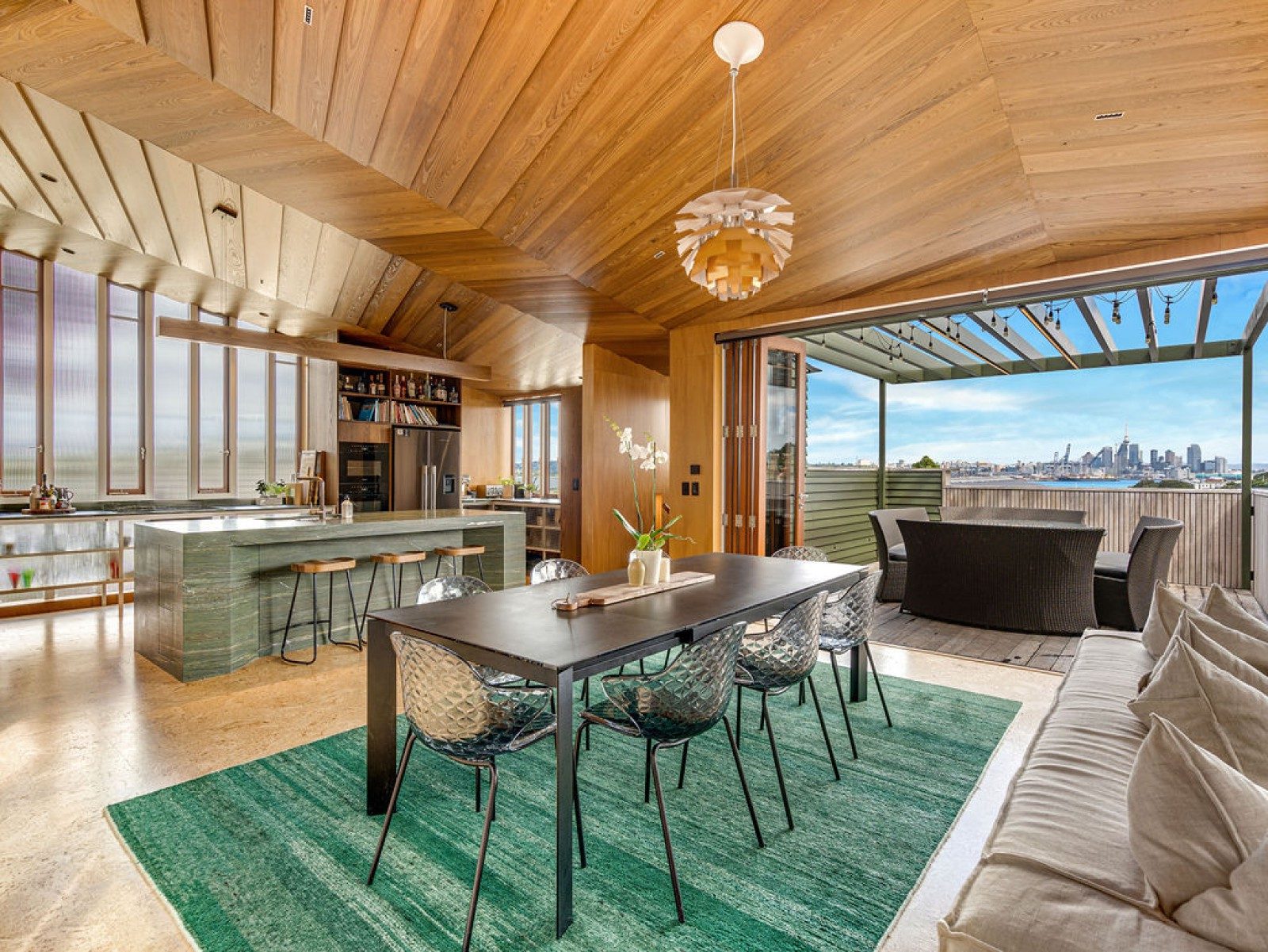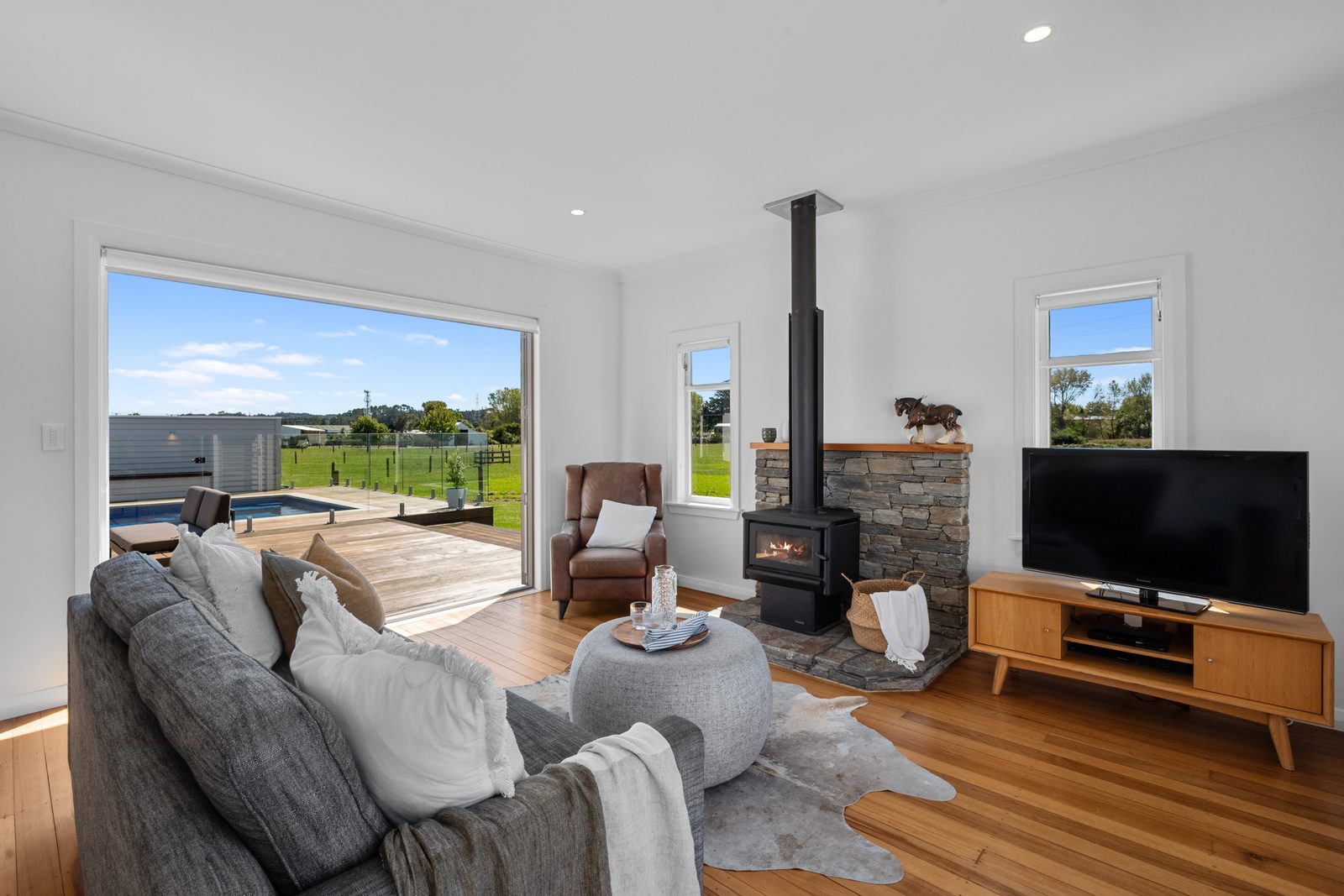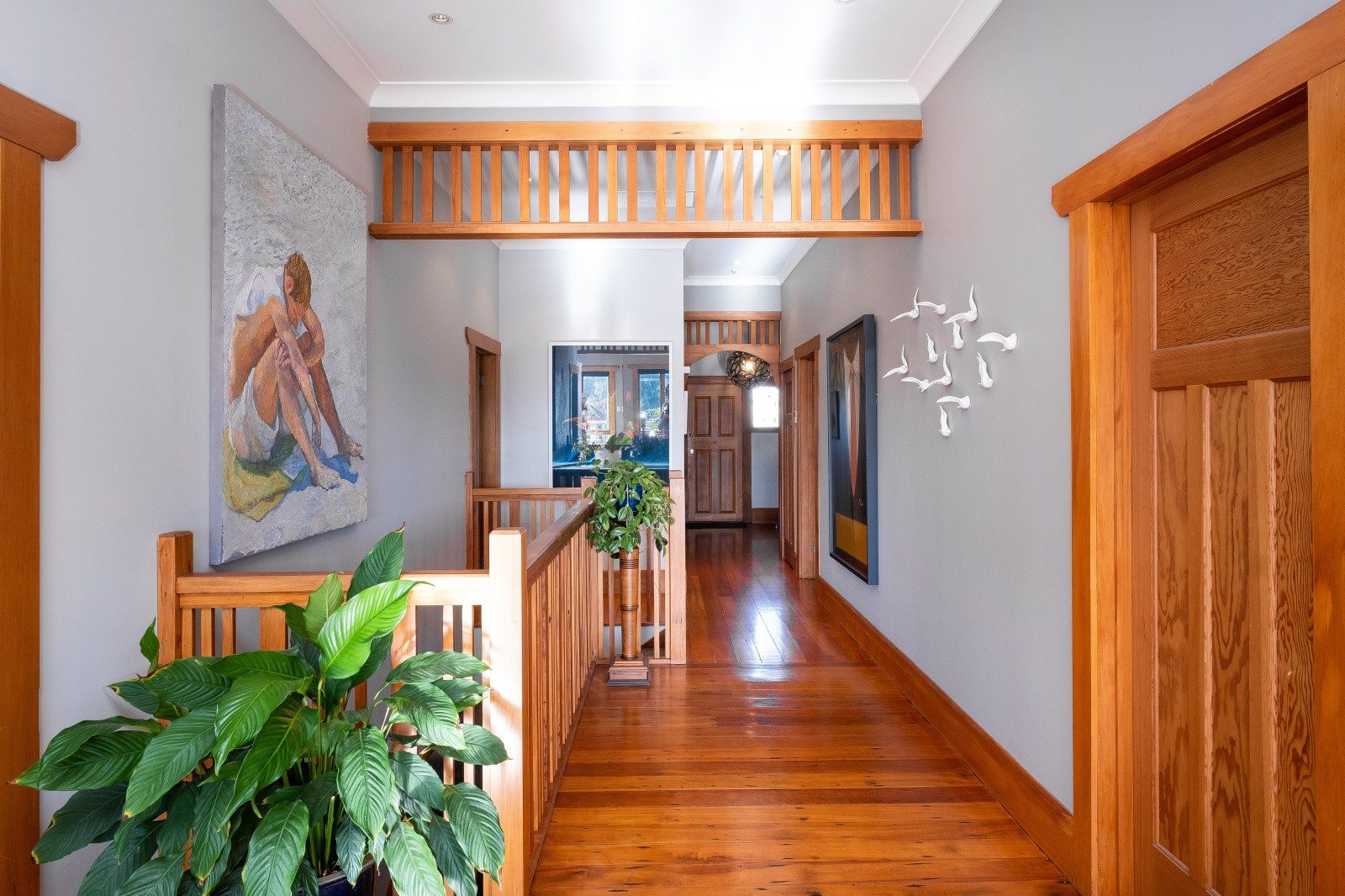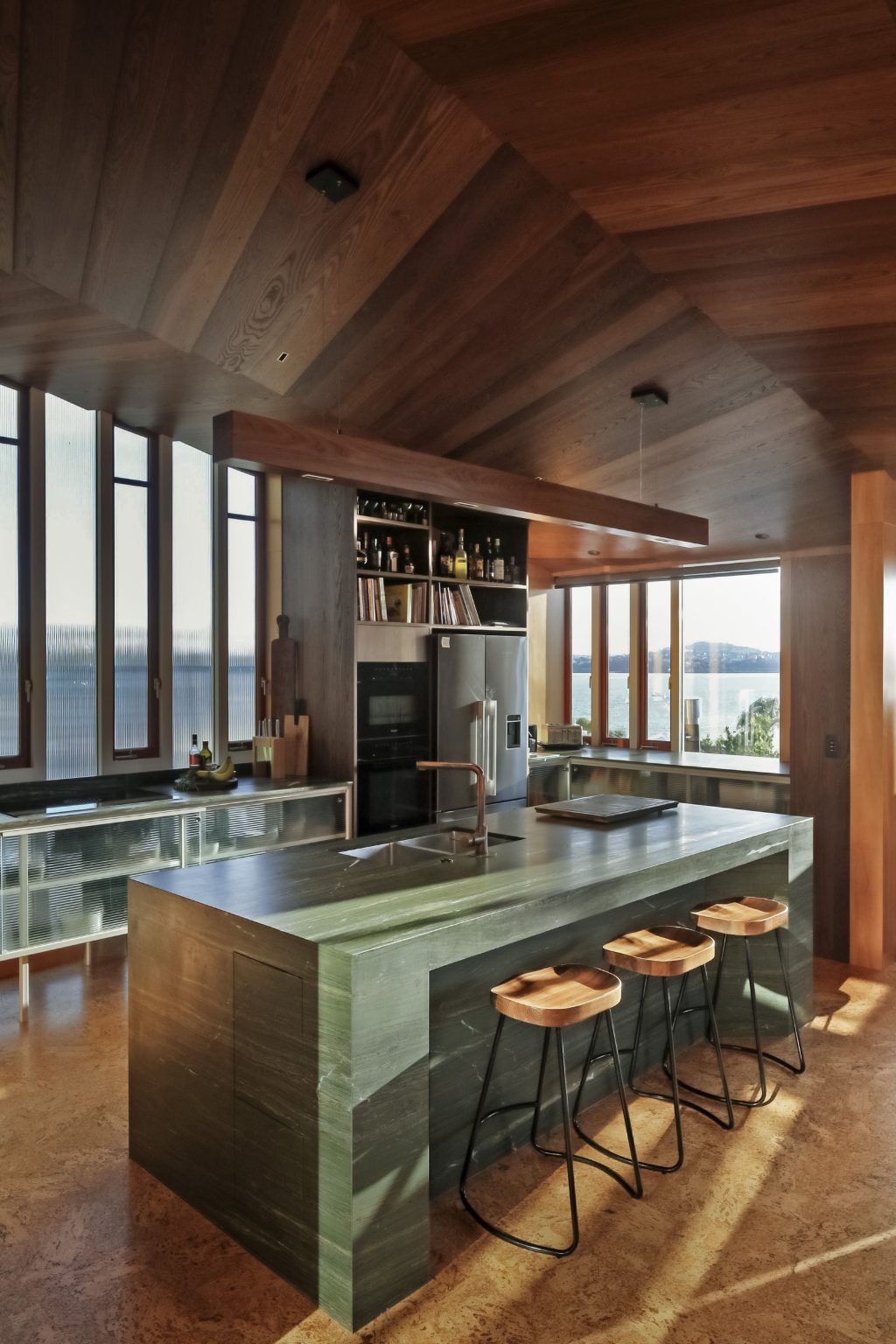Feature article
Bungalow home ideas for the perfect retreat
Here are five examples worth exploring if you’re starting your bungalow design journey.
Last updated: 22 April 2024
The bungalow is an oft-favoured typology when it comes to home design in Aotearoa New Zealand. Here are five examples worth exploring if you’re starting your design journey.
What is a Bungalow?
Originating in South Asia, the bungalow — derived from the word bangala, meaning a house in the Bengal style — is a form of residential architecture that has since become highly popular the world over.
Following World War I, the bungalow style started to become more prevalent throughout New Zealand, taking over from the more ornate villa style. Featuring lower ceiling heights and more of an Arts & Crafts feel, bungalows were less about making a statement and more about providing comfort and amenity.
Cover image: Award-winning BOS Architecture home 19 Jubilee Avenue, Devonport, North Shore City
13 Trotting Course Drive, Kumeū, Rodney, Auckland
The California Bungalow
As the bungalow style grew in popularity, variations began to appear. Most notably was the California bungalow. Whereas a traditional bungalow was a single-storey dwelling, the California bungalow is oftentimes one-and-half storeys featuring a dormer window — although not always a true window — over the main portion of the house.
11 Lawrence Road, Hospital Hill, Napier
Bungalow Renovation Ideas: Creating a Modern design Aesthetic
Internally, bungalows are, typically, fairly simple in their layout, with two or three bedrooms and a bathroom off a central hallway, which in turn leads into a living room, a kitchen and a laundry. As their massing was more horizontal than their villa counterparts, bungalows were often sited on generously sized blocks.
These features — a simple floor plan and plenty of outdoor space — mean it is a fairly easy task to update a 1920s- or 1930s-era bungalow for modern-day living. Rear and side extensions are commonplace additions to the bungalow typology, while second storey additions require more structural planning.
One of the more common issues when it comes to renovating a bungalow, is that as a general rule they were typically oriented towards the street without any regard to solar gain. Compounding this issue is a lack of insulation. As a result, improving thermal efficiency is a must. Any renovation project should begin with a detailed engineer’s report highlighting any potential structural issues — after all very few centenarians can claim to not having at least some issues.
19 Jubilee Avenue, Devonport, North Shore City
The Bungalow Kitchen Remodel
What the period bungalow tends to have in common with most modern houses, is a dedicated kitchen. Prior to the 1920s, kitchens tended to be multi-roomed affairs — a wet-area scullery, a walk-in pantry for storing food and the kitchen proper for cooking and eating in — and, if you were of means, were the sole domain of the servants.
Since bungalows were the first type of housing with the ‘modern-style’ kitchen that most of us would have grown up with, renovating bungalow kitchens is, thankfully, a relatively simple prospect.
Another benefit to the enduring popularity of the bungalow is that finding genuine character items such as lead-light windows and ceiling roses is a simple task thanks to the many dedicated reclamation businesses that can be found right across the country.
Whether you grew up in the family bungalow, or are just a fan of the architectural style, owning your own character bungalow will bring you years of enjoyment.
Search bungalows on Trade Me Property now.
Author
Other articles you might like




